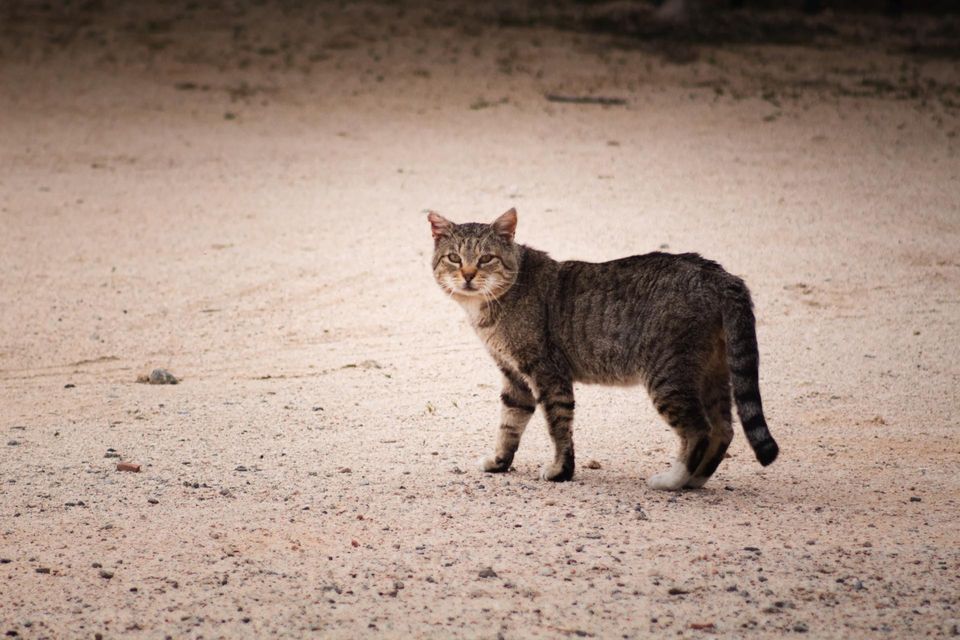Keep Stray Cats Out of Your Lawn
Don't Let Your Lawn Fall Victim to Cat's Destructive Behavior
There are countless critters that can take up residence in and around your lawn, most of which will help themselves to your greenery for nesting material and food. While some of those critters are heavily destructive, others may be more of a nuisance to the greenscape and your household. Stray cats may dig up flower beds and other loose soils in order to create their own litter box, eat certain grasses, or be a danger to your family pets. A wandering cat may be a nice occasional visitor, but allowing strays to make your yard their home poses detriment to the yard you work hard to maintain. Let’s explore some humane and effective ways to keep a roaming feline from becoming a regular guest to your lawn:
One of the biggest attractors for stray cats is smell. Feeding your pets outside will put your property on a stray’s map faster than nearly anything else. Similarly, after grilling out, be sure to thoroughly clean the grill and area surrounding to assure that there are no scraps or drippings left over. Keeping food scents down will provide less incentive for stray cats to come your way.
If your lawn boasts gardens, the loose soil will make for prime real estate for stray cats. Soft mulch is easy to dig up, and while it provides a gentle surface for you while you tend to the flora, a cat is just as likely to enjoy it as you are. To combat a cat’s presence in your landscaping, consider using some alternatives such as stone mulch or crushed egg shells. The coarse texture will discourage any cats from interacting with the garden area.
Utilizing a cat’s own sense of smell, there are a few options for dispelling scents with which you can treat your lawn. Citrus can be an effective repellent, but larger lawns will take a lot of peels to fully treat, and citric acid can damage your lawn’s soil. Some people seeking to keep cats away opt to use mothballs throughout their property, but there are some plant-based scents that have been seen to be more effective. Planting lavender amongst your other flowers will aid in keeping cats at bay, as will the “ scaredy cat plant ”, which is a member of the mint family. The catch with the scaredy cat plant is that it produces a scent that is unpleasant to humans as well, so be mindful where you plant it!
Cats tend to attract other cats - do your best to prevent a population from forming at the first sign of a feline presence.
Although strays are typically not social, the scent from one cat will signal to others that your yard is a suitable environment for other cats as well. This does extend past the spring mating season, though cats that are not spayed or neutered will be especially nomadic during the spring months, so if one cat has begun to frequent your property, it is best to vacate that cat quickly.
While strays can help keep other small pests out of your lawn, strays pose a threat to both your greenery and pets. For foolproof lawn protection, consider our safe and natural Domestic Cat Repellent (that helps keep others pests away too!) for your lawn!
Critter Repellent All Natural Animal Repellent Blog













